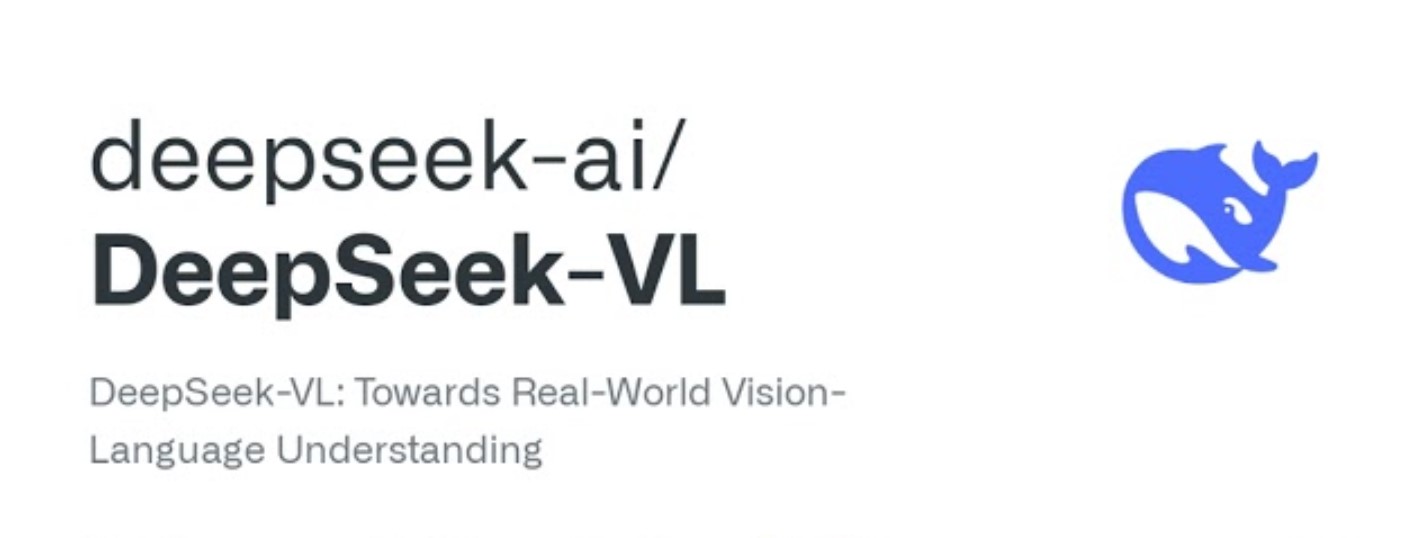
March 03, 2025
DeepSeek-VL: The Future of Vision-Language AI is Here!
Imagine asking an AI to read, interpret images, and reply like a person. This is what DeepSeek-VL offers. Combining computer vision and natural language processing, this original vision-language approach transforms picture captioning, object recognition, and AI-powered interactions.
It amazed me how DeepSeek-VL could look at images, figure out what they were about, and come up with smart answers. If you are interested in AI, are a creator, or just want to know about the latest developments, this article will help you understand its model versions, local setup, and customization.
DeepSeek-VL Model Variants
DeepSeek-VL has many variants for different purposes.
DeepSeek-VL-1.3B-base:
DeepSeek-VL-1.3B-base is a basic model for a wide vision language. Its strong base makes image-text apps work better.
DeepSeek-VL-1.3B-chat:
DeepSeek-VL-1.3B-chat is the best way to have a chat. It works great for dialogue-based tasks and apps that let you engage with AI.
DeepSeek-VL-7B-base:
DeepSeek-VL-7B-base presents a bigger model with higher processing capability for more difficult tasks. Moreover, it promotes accuracy in challenging and complex vision-language tasks.
DeepSeek-VL-7B-chat:
Now comes the last variant, DeepSeek-VL-7B-chat mixes proficient language knowledge with image analysis using a conversational approach. Its context-aware visuals support interactions powered by artificial intelligence.
With four variations, DeepSeek-VL offers versatility for lightweight processing or advanced artificial intelligence.
Setting Up DeepSeek-VL Locally
Getting DeepSeek-VL running locally is shockingly easy. First, install Python and PyTorch first. And then, install these dependencies too.
pip install torch transformers deepseek-vl
Loading the model and conducting a simple inference once installed just requires a few lines of code.
import torch
from deepseek_vl import DeepSeekVL
model = DeepSeekVL.from_pretrained("deepseek-ai/deepseek-vl-7b-chat")
model.eval()
image_path = "sample.jpg"
question = "What is in this image?"
output = model.predict(image_path, question)
print(output)This simple script loads image, asks, answers. However, this model recognizes photos well!
Fine-Tuning DeepSeek-VL
DeepSeek-VL works well out of the box, however customization may help. Customize the model for a medical diagnostic assistance, automated product recommendation system, or visual chatbot.
To achieve this, they train the model using image-text matches. Now let us use the Hugging Face Trainer API to make it even better:
from transformers import Trainer, TrainingArguments, DeepSeekVLProcessor, DeepSeekVLModel
model = DeepSeekVLModel.from_pretrained("deepseek-ai/deepseek-vl-1.3B-base")
processor = DeepSeekVLProcessor.from_pretrained("deepseek-ai/deepseek-vl-1.3B-base")
training_args = TrainingArguments(
output_dir="./deepseek_finetuned",
per_device_train_batch_size=4,
evaluation_strategy="steps",
save_steps=500,
logging_dir="./logs"
)
trainer = Trainer(
model=model,
args=training_args,
train_dataset=my_dataset
)
trainer.train()While it may improve the model for certain applications, fine-tuning calls for a well-organized dataset and enough computational capacity.
Applications of DeepSeek-VL
- E-commerce: In e-commerce, the model can automate catalog management by creating product descriptions from images.
- Healthcare: It gives clinicians AI-powered medical image interpretation insights.
- Social Media Platforms: It can identify inappropriate images and provide social media content moderation context-aware descriptions.
- AI-Powered Chatbots: Chatbots are an innovative use of AI.
- Virtual Assistants: Imagine a virtual assistant that can read, evaluate, and respond to your given images.
Conclusion
DeepSeek-VL is an revolutionary AI that integrates vision and language processing. Whether you are running this locally for testing, honing it for a use case, or researching chatbots, this model has plenty to offer.
I liked looking into what DeepSeek-VL could do and recommended it. DeepSeek-VL is a step toward AI models that can understand what people say and see.
349 views
